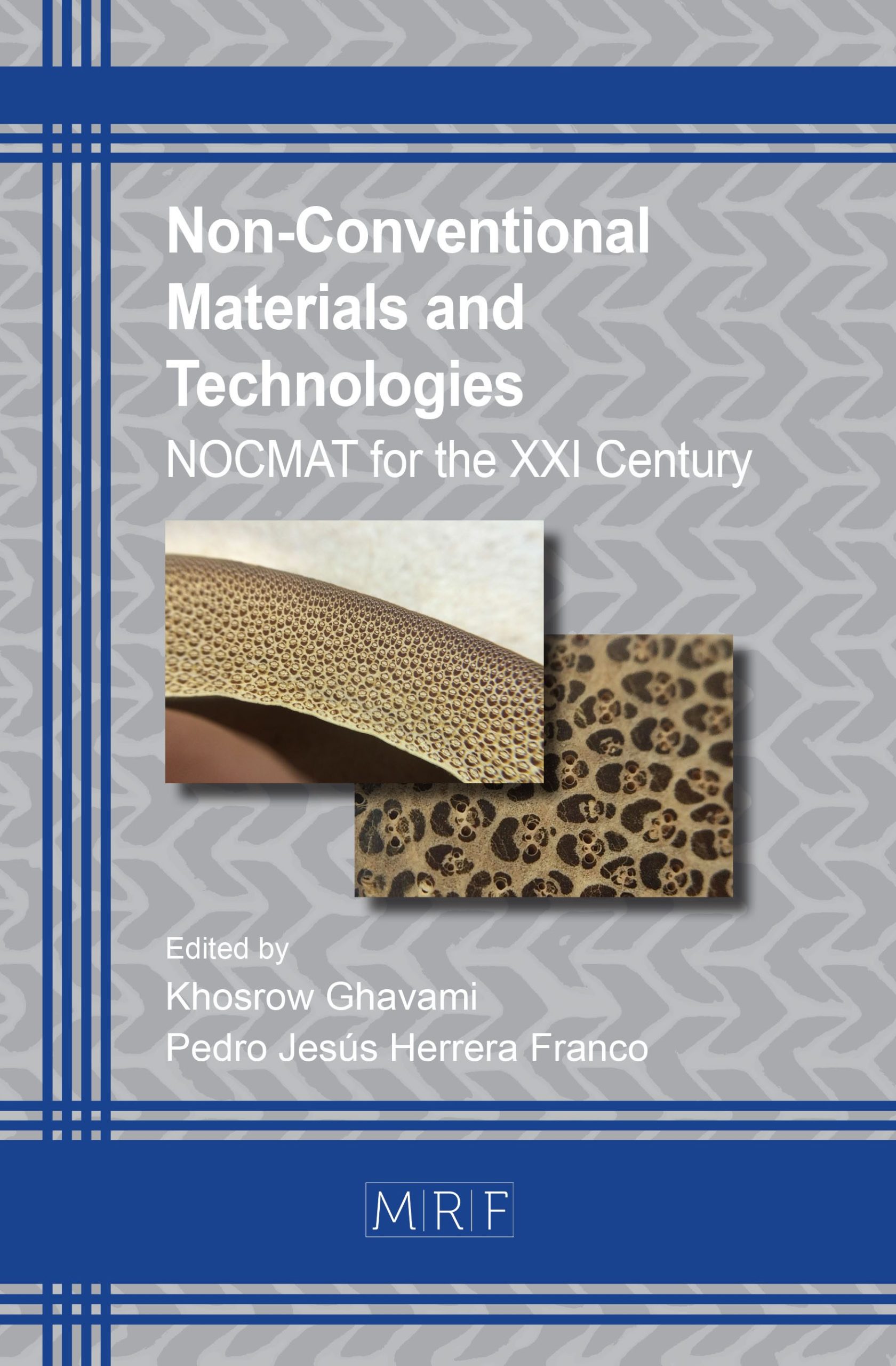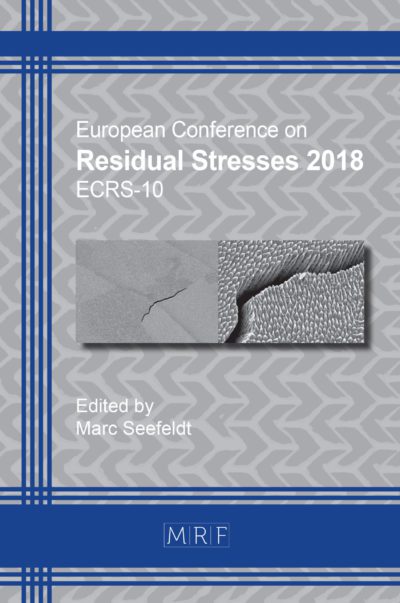Reusing Composite Materials from Decommissioned Wind Turbine Blades
L.C. Banka, F.R. Arias, T.R.l Gentry, T. Al-Haddadd, J.F. Chene, R. Morrow
Abstract. The very rapid growth in wind energy technology in the last 15 years has led to a rapid growth in the amount of non–biodegradable, thermosetting FRP composite materials used in wind turbine blades that will need to be managed of in the near future. A typical 2.0 MW turbine with three 50 m blades has approximately 20 tonnes of FRP material and an 8 MW turbine has approximately 80 tonnes of FRP material (1 MW 10 tonnes of FRP). Calculations show that 4.2 million tonnes will need to be managed globally by 2035 and 16.3 million tonnes by 2055 if wind turbine construction continues at current levels and with current technology. Three major categories of end-of-life (EOL) options are possible – disposal, recovery and reuse. Reuse options are the primary focus of this paper since landfilling and incineration are environmentally harmful and recovery recycling methods are not economical. The current work reports on different architectural and structural options for reusing parts of wind turbine blades in new or retrofitted housing projects. Large-sized FRP pieces that can be salvaged from the turbine blades and potentially useful in infrastructure projects where harsh environmental conditions (water and high humidity) exist. Their non-corrosive properties make them durable construction materials. The approach presented is to cut the decommissioned wind turbine blades into segments that can be repurposed for structural and architectural applications for affordable housing projects. The geographical focus of the designs presented in this paper is in the coastal region of the Yucatan on the Gulf of Mexico where low-quality masonry block informal housing is vulnerable to severe hurricanes and flooding. In what follows, a prototype 100m long wind blade model provided by Sandia National Laboratories is used as a demonstration to show how a wind blade can be broken down into parts, thus making it possible to envision architectural applications for the different wind blade segments.
Keywords
Architecture, Composite Materials, FRP, Housing, Recycling, Reuse, Waste, Wind Turbines
Published online , 11 pages
Copyright © 2018 by the author(s)
Published under license by Materials Research Forum LLC., Millersville PA, USA
Citation: L.C. Banka, F.R. Arias, T.R.l Gentry, T. Al-Haddadd, J.F. Chene, R. Morrow, ‘Reusing Composite Materials from Decommissioned Wind Turbine Blades’, Materials Research Proceedings, Vol. 7, pp 695-705, 2018
DOI: http://dx.doi.org/10.21741/9781945291838-67
The article was published as article 67 of the book Non-Conventional Materials and Technologies
References
[1] Arias, F. (2016). “Assessment of Present/Future Decommissioned Wind Blade Fiber-Reinforced Composite Material in the United States.” Independent Study, Dept. of Civil Engineering, City College of New York, United States.
[2] Bank, L.C (2017). EAGER/Collaborative Research: Overcoming Barriers to Diffusion and Adoption of Sustainable and Resilient Building Materials in Coastal Areas of Southern Mexico. Project Outcomes Reports, 1321464. Available at www.research.gov Research Spending & Results.
[3] Griffith, T. (2013). The SNL100-01 Blade: Carbon Design Studies for the Sandia 100-meter Blade. SAND2013-1178. Sandia National Laboratories, Albuquerque, New Mexico. http://prod.sandia.gov/techlib/access-control.cgi/2013/131178.pdf
[4] Matta, F., (2016). EAGER/Collaborative Research: Overcoming Barriers to Diffusion and Adoption of Sustainable and Resilient Building Materials in Coastal Areas of Southern Mexico. Project Outcomes Report 1321489. Available at www.research.gov Research Spending & Results.
[5] NuMAD (2015). Numerical Manufacturing and Design for Wind Turbine Blades, Sandia National Laboratories. http://energy.sandia.gov/energy/renewable-energy/wind-power/rotor-innovation/numerical-manufacturing-and-design-tool-numad/
[6] Rhino 3D. (2017). Rhinoceros 3D, Robert McNeel & Associates, Seattle, USA. www.rhino3d.com

































